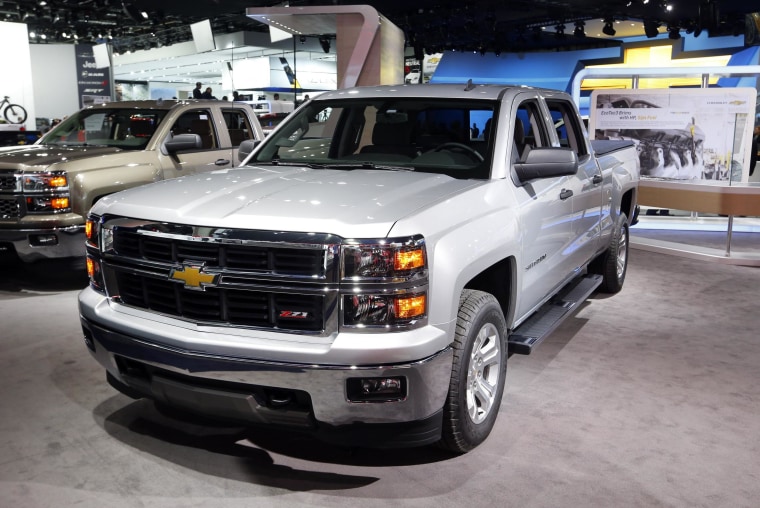When General Motors announced it would offer more than $7,000 in discounts on some of its big Silverado pickups the news sent many shoppers rushing to showrooms ─ but it also sent shivers racing down the spines of automotive investors increasingly worried that slowing sales may trigger the sort of incentive wars that trashed industry profits during the years leading up to the recent recession.
All the ingredients are there for a classic price war, automotive analysts warn ─ one that could be great news for consumers but potentially disastrous for the auto industry.
January auto sales took a sharp dip that may have been impacted by more than just the cold weather gripping the nation. In turn, there are now a growing number of vehicles piling up on dealer lots across the country, a situation that may force manufacturers to sharply increase current rebates and other incentives.
“Rising inventory levels combined with several more waves of bad weather will result in a short-term spike in incentives,” said Eric Lyman, vice president of editorial and consulting for ALG, formerly known as the Automotive Leasing Guide. “The danger is that this could be the beginning of an escalating arms race for market share.”
According to ALG data, the number of days it takes to sell a vehicle after it rolls onto the typical U.S. dealer’s lot has been increasing. It’s now up to 59 days ─ more than the average 51 “days to turn” in January 2010, though down from 68 in August 2009 as the auto industry plunged into its worst recession in decades.
“The danger is that this could be the beginning of an escalating arms race for market share.”
That has triggered a modest, though noticeable, trend upward in givebacks over the last few weeks, according to trackers. That’s a sharp turnaround for an industry that had been trying to wean itself off the givebacks that cost manufacturers billions of dollars in lost profits.
Last year’s surge in demand ─ U.S. new vehicle sales rose more than 1 million units to 15.6 million for 2013 ─ had permitted makers to not only trim incentives but demand more for their products, with average transaction prices reaching record levels during the latter half of the year.
But the average price paid after working in both incentives and options dipped sharply in January to $29,882, down 3 percent from December. And while incentives were actually down in January, some analysts said makers might have gotten too stingy, helping drive down sales already hurt by cold weather.
While it’s still too early to tell what February will bring, ALG is forecasting a “short-term spike,” with incentives likely to climb as much as 15 percent to 20 percent longer-term. And that’s assuming that makers don’t decide to ramp up givebacks even more in a bid to boost market share, as well as sales.
There is, warns editor Karl Brauer of Kelley Blue Book, “the very real possibility of an incentives war if sales don’t pick up in the coming weeks.”
Which is why investors reacted in panic when it was initially reported that GM was going to offer that $7,000 discount across its vast truck lineup. The maker took a 3.4 percent hit to its stock price before it made it clear that the givebacks were limited to only about 10 percent of its Chevrolet Silverado and GMC Sierra full-size pickups.
The real test will come in February and March as automakers wait to see if sales recover.
More from The Detroit Bureau:
Toyota Recalling 1.9 mil Prius Hybrids; Software Could Cause System Failure
